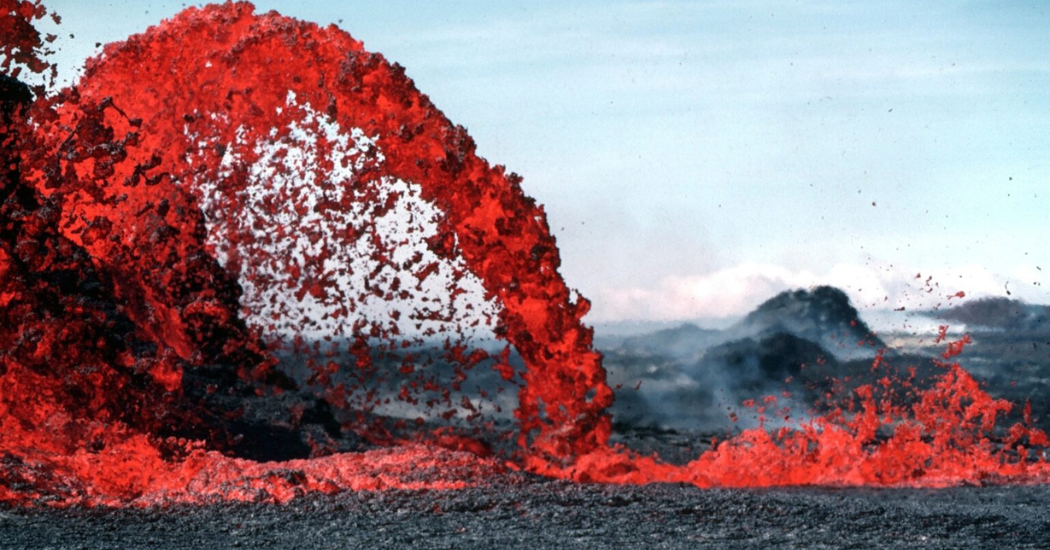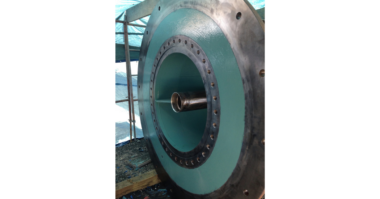Mechanical seals are designed to prevent fluids from leaking out of pumps, mixers, or other equipment where a rotating shaft penetrates a stationary housing. Overheating is a common problem with mechanical seals and can lead to various issues, such as:
Material Degradation: The materials from which the seal components are made, such as elastomers, face materials, and secondary sealing elements, may degrade at elevated temperatures. This can lead to reduced seal life and seal failure.
Face Wear and Damage: The seal faces can wear out more rapidly when overheated. In severe cases, the faces can experience cracking, chipping, or even catastrophic failure.
Thermal Expansion: Different components of the seal can expand at different rates when subjected to heat, potentially leading to misalignment or other mechanical deformations that can compromise the seal’s integrity.
Vaporization: If the sealed fluid reaches its boiling point due to the increased temperature, it can vaporize at the seal interface. This can lead to a phenomenon called “dry running,” where the seal faces lack the necessary lubrication, leading to rapid wear and premature failure.
Elastomer Hardening or Softening: Overheating can cause the elastomer, such as O-rings or bellows, to harden (and become brittle) or soften. In either case, this can compromise the seal’s ability to maintain a fluid-tight barrier.
How to Prevent Overheating of Mechanical Seals:
Proper Seal Selection: Always ensure that the seal materials are compatible with the process fluid and the operating temperature range.
Appropriate Lubrication: Ensure that the seal faces are properly lubricated. Some seals operate with a fluid film between the faces, which provides both lubrication and cooling.
Cooling Systems: Some mechanical seals require external cooling systems, especially in high-temperature applications. This could be in the form of a quench fluid, seal pot, or cooling jacket.
Monitor Equipment: Regularly monitor equipment for signs of overheating. This could be done with temperature sensors, infrared thermography, or by manual inspections.
Maintain Pump Operation within Design Parameters: Ensure that the pump operates within its design parameters. For example, avoid running a pump at an extremely low flow rate for extended periods, as this can lead to heat buildup.
Barrier or Buffer Fluids: Dual mechanical seals can use barrier or buffer fluids, which provide lubrication and cooling to the seal faces.
Regular Maintenance and Inspection: Regularly inspect seals for wear and damage. Replace worn components promptly and ensure that the seal assembly is correctly set up, with proper face loading and spring compression.
Adequate Flush Plans: Implementing appropriate API flush plans can help in providing clean and cool fluid to the seal, thereby reducing the chances of overheating.
Understanding the specific operating conditions and potential challenges of the application is crucial. Collaborating with a trusted sealing solutions provider can assist in identifying the appropriate preventative measures to ensure mechanical seals remain cool and operational.





Comments